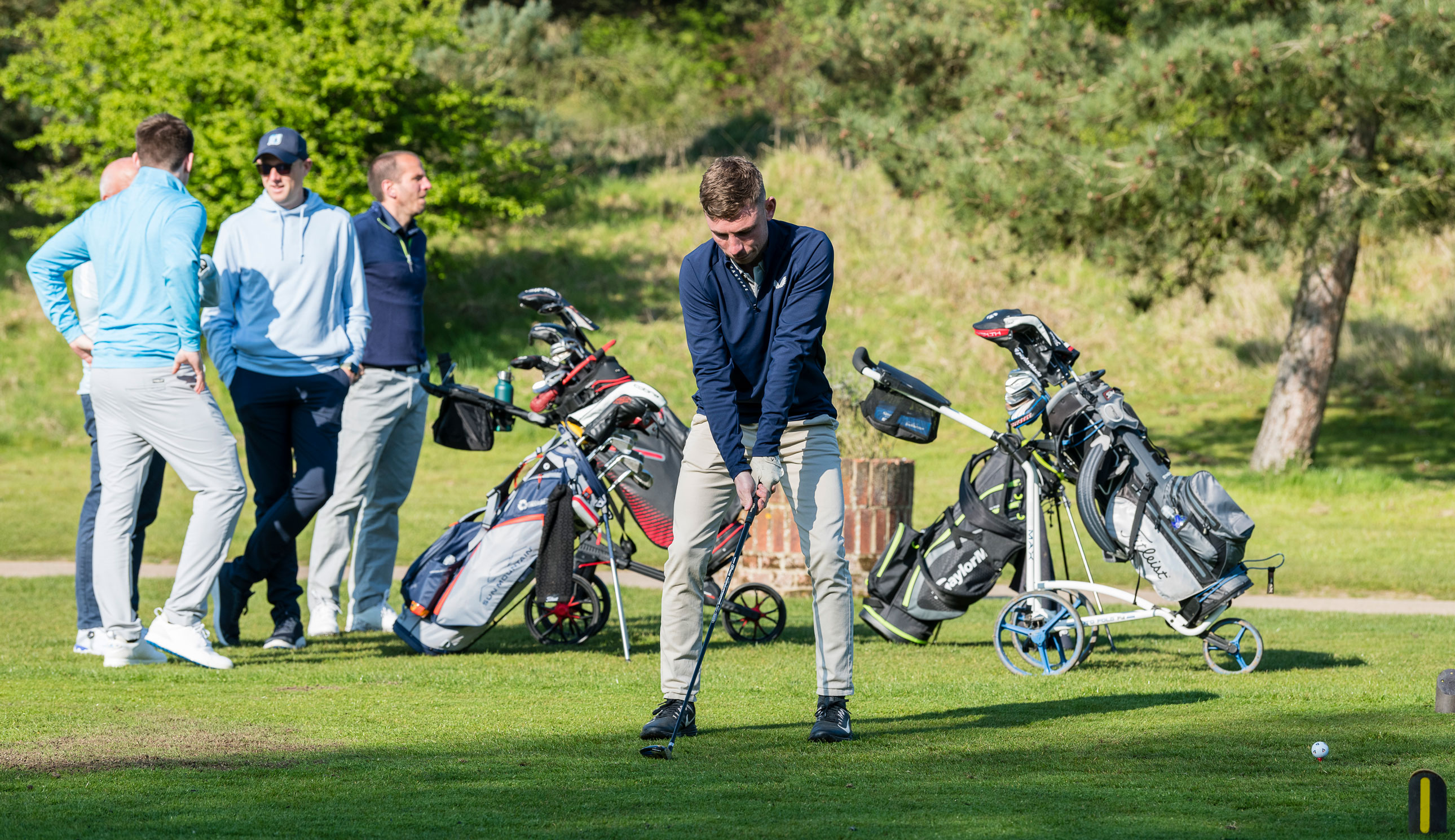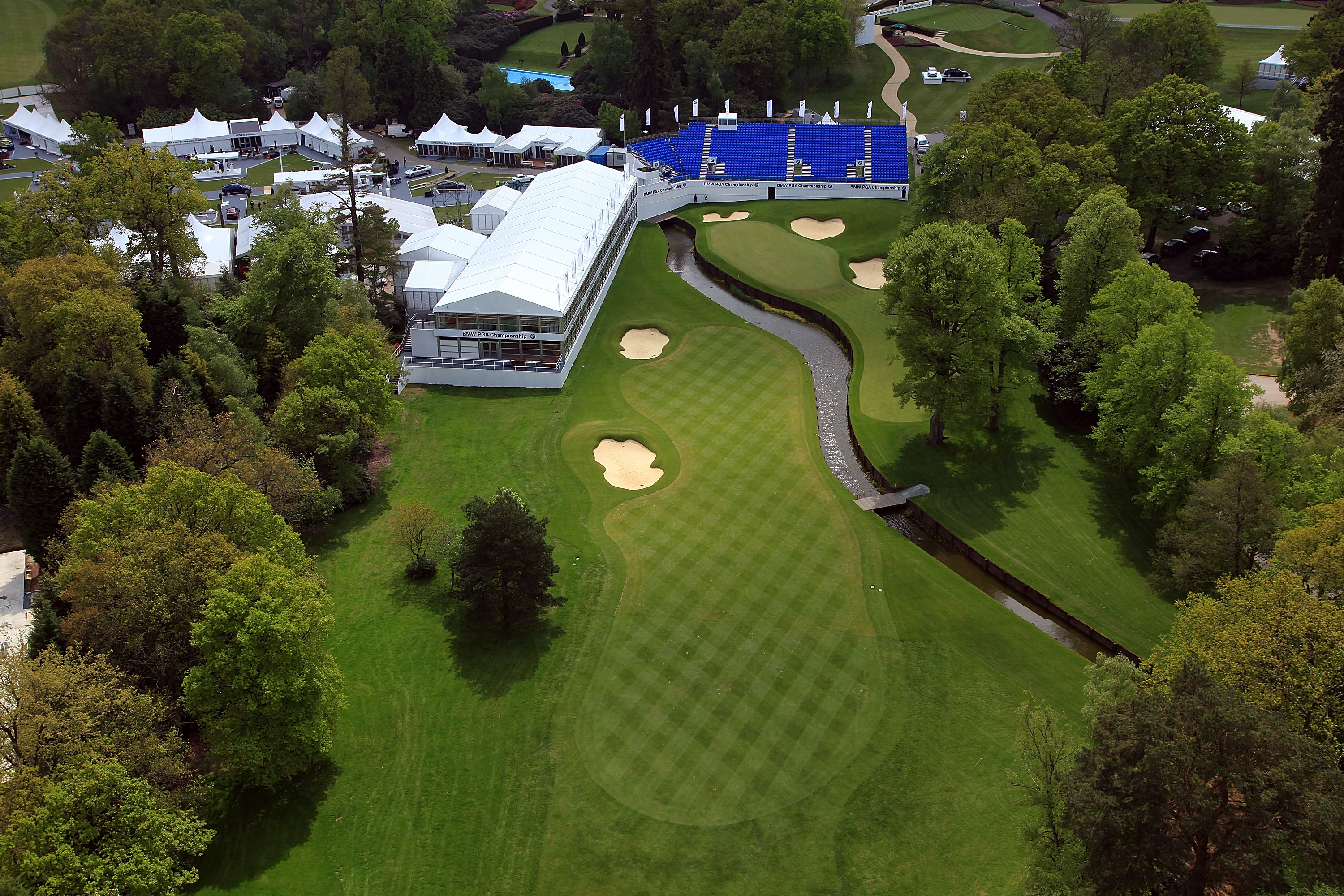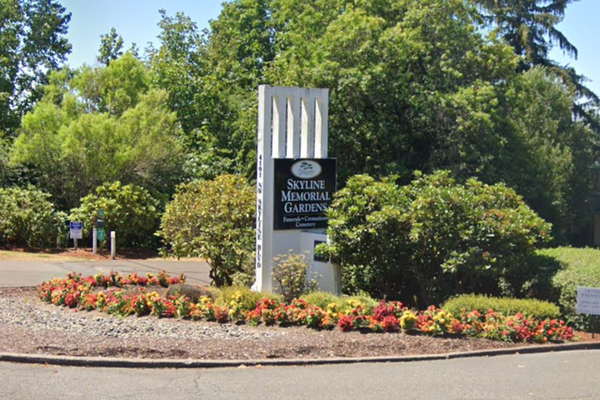
Since the COVID-19 pandemic, golf has seen a seismic boost in numbers which, so far, have also remained. However, the landscape of the sport is changing, especially with the news of the golf ball being rolled back by the governing bodies.
The new balls are expected to see a reduction in distance of 13-15 yards for the longest hitters, 9-11 yards for the average touring pro and 5-7 yards for an average female pro. Recreational golfers are set to lose "5 yards or less" according to the governing bodies, who say that the impact on regular golfers will be "kept to an absolute minimum."
Although that's what the governing bodies say, many have worried that the reduction in distance could take the enjoyment out of the game, with the ball not flying as far off the tee, for example. However, according to golf course designer and architect, Simon Gidman, that statement is "an exaggeration!"

Speaking to Golf Monthly, Gidman stated: “Personally, I think it’s nonsense and I have spoken to a number of amateur players who feel the same way; not one has expressed an objection! Did it affect the enjoyment of the game when the 1.62” ball was altered to the 1.68"? No! Why would these minor changes have any significant impact now? There’s not a logical reason behind it and, although some of the top pros aren't keen on the idea, with the best will in the world, that’s a fairly small percentage of the golfing community.
"The top golfers will still be doing the occasional 300-yard drive and we will be saying what an amazing drive that is, but in future it will be more of a unique achievement rather than fairly standard, as it is now. Come 2030, or thereafter at least, we will soon forget that top pros were hitting drives 320–330 yards plus.
"Furthermore, extra distance requires extra land and, to be honest, golf as a sport can't continue to demand larger and larger expanses of land to accommodate technology. Equally, it's not fair on many of our urban/suburban golf courses that can't adapt and which are often hemmed in all sides by development.
"Many of these courses act as wildlife havens and we can’t afford to lose them. Making them redundant is neither good for the sport nor for the environment. If a curb is not put on soon, do 350–360 yard drives become the norm for professional players? When does it stop?" Other sports restrict technology, or at least adapt to player improvement, why not golf ?
One player who is in favor of the rollback is Rory McIlroy, despite the fact that he was the longest hitter on the PGA Tour during the 2022-23 season, averaging 326.3 yards. Claiming that it's not just the sustainability factor for the rollback, but also the fact "it’ll bring back some skills into the pro game that have maybe been lost," the four-time Major winner has previously been vocal on his opinion on the rollback.

Sharing the same view, Gidman added: “I don’t think this rollback will greatly affect the pros or top amateurs. I hope it might actually involve more long/mid iron play and add a bit more variety and creativity."
Being a course architect, we were interested to hear what impact the rollback will have on golf course design and, according to Gidman, it will be fairly minimal: "For existing courses, I think it may well bring some features back into play, but if it’s a new course you would certainly adjust, however slightly, the location of hazards.
"So, going forward with the new courses I am working on, I will indeed factor in where water features, bunkers etc will be located to reflect these changes, but I’d be surprised if there there was any real impact on existing golf courses. I think 5-8 yds is not enough of a change to warrant major alterations.
"On a slightly different note, I personally think it is good for the game that the governing bodies are limiting certain developments in the sport; golf has a responsibility beyond the confines of the sport itself. Land is a valuable resource and not every country can allocate 140/160 acres of land to a new course."







